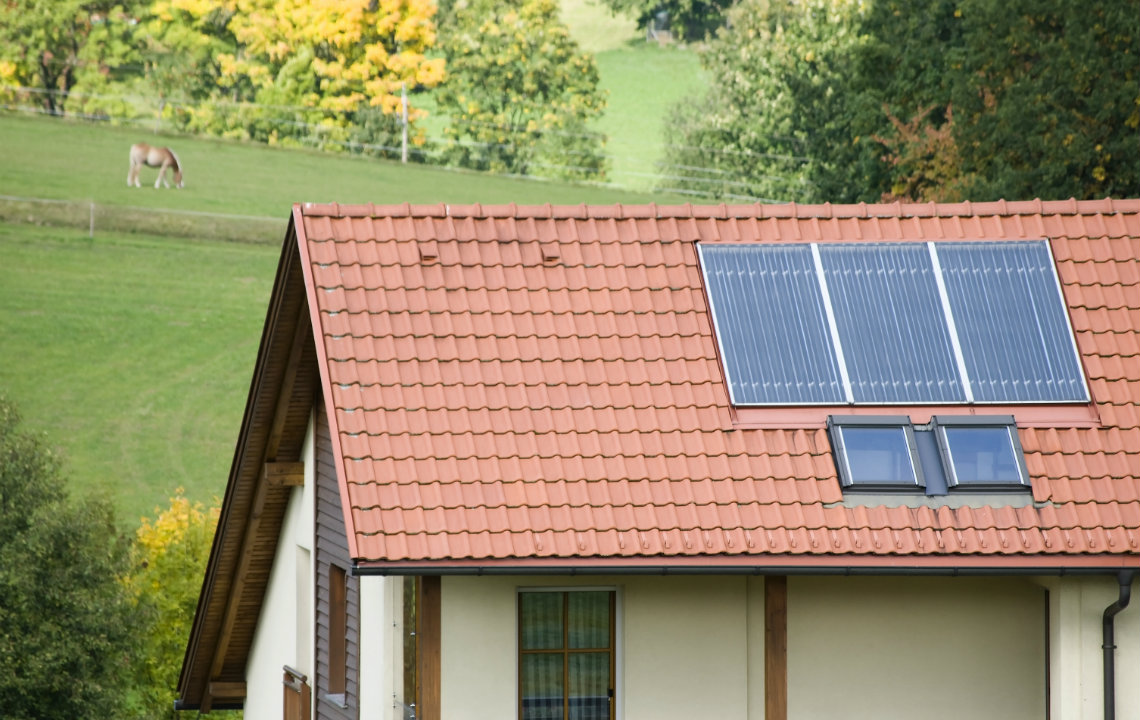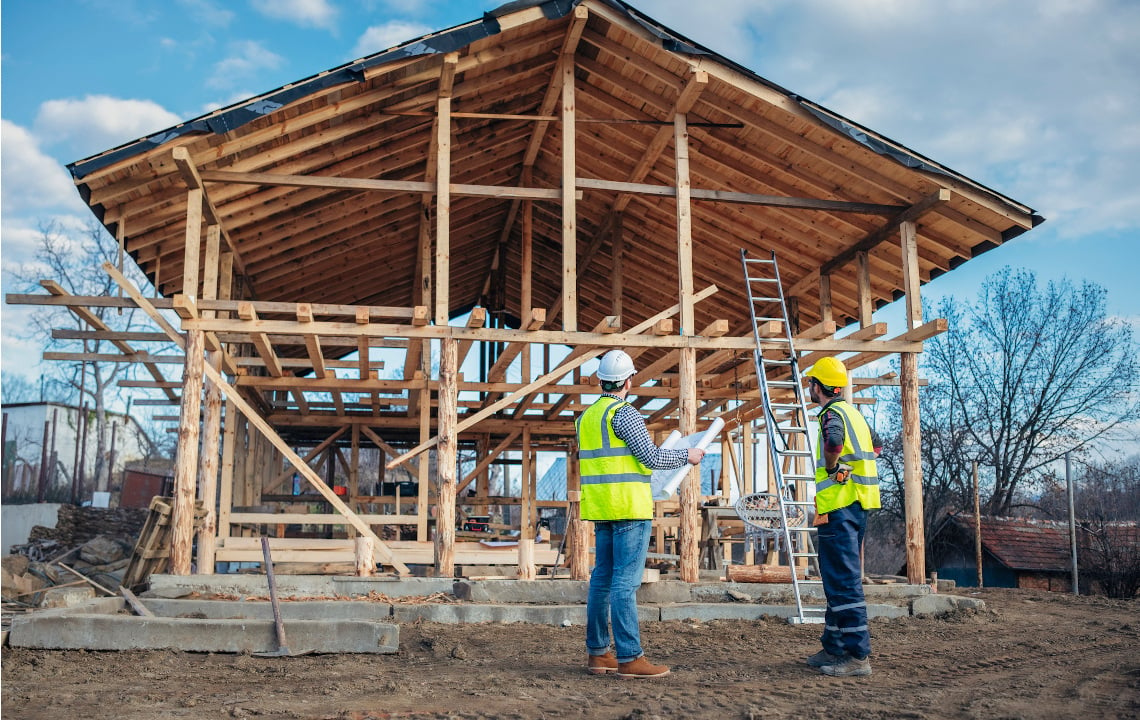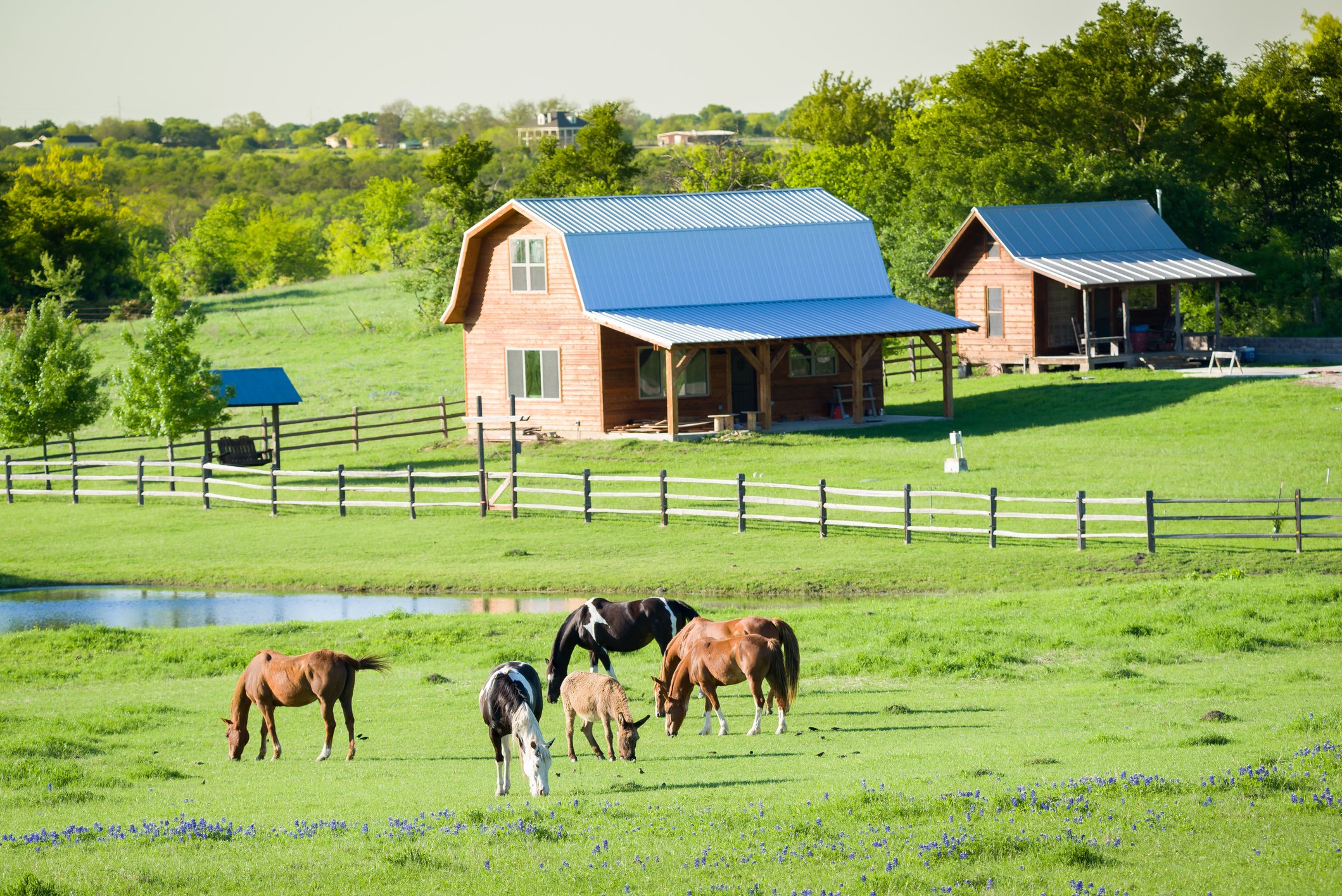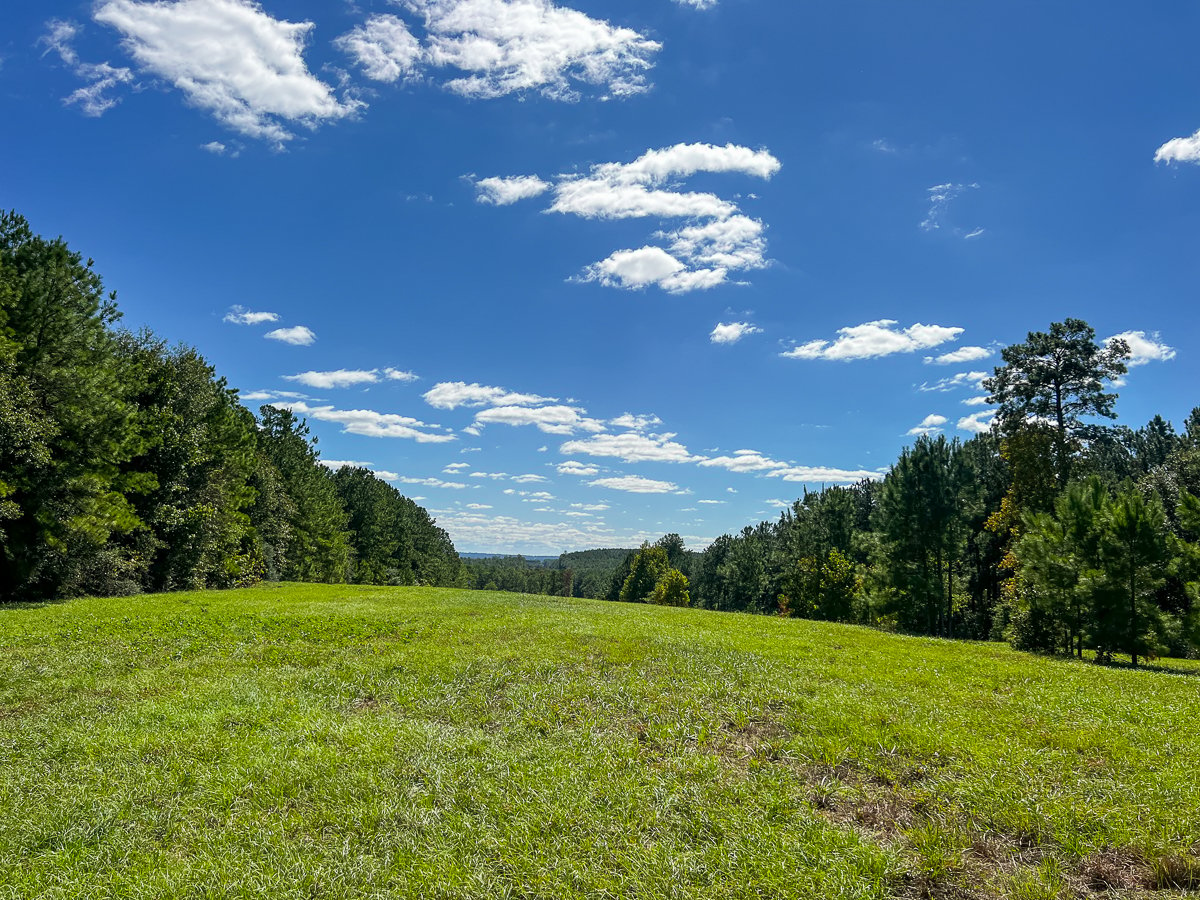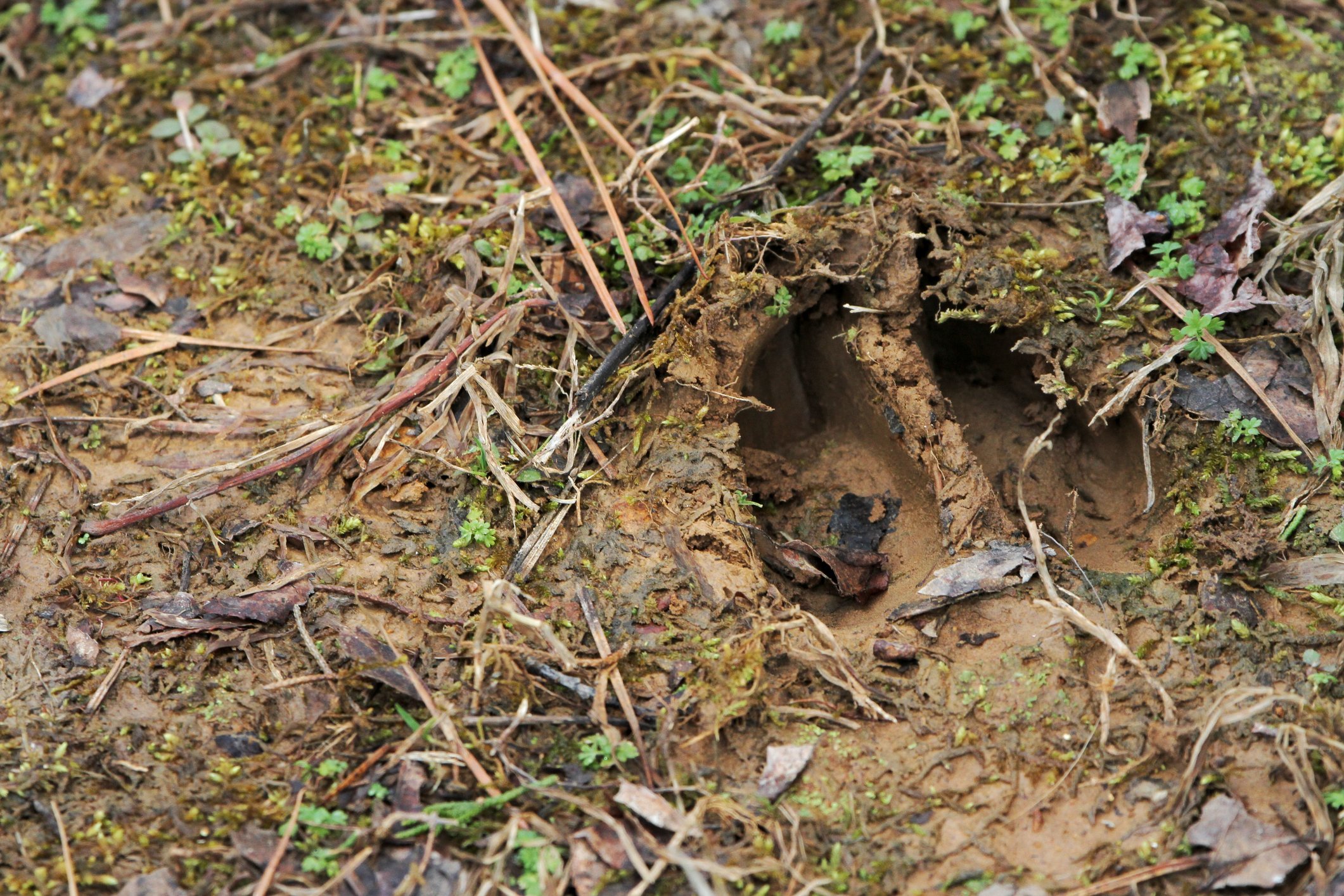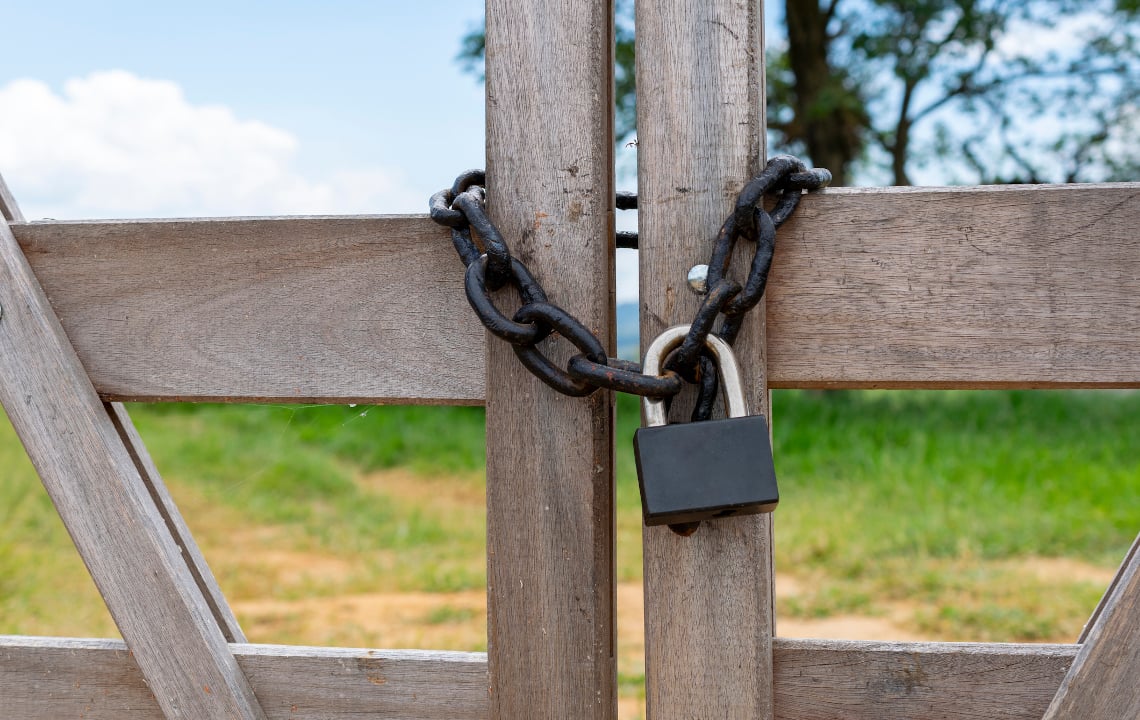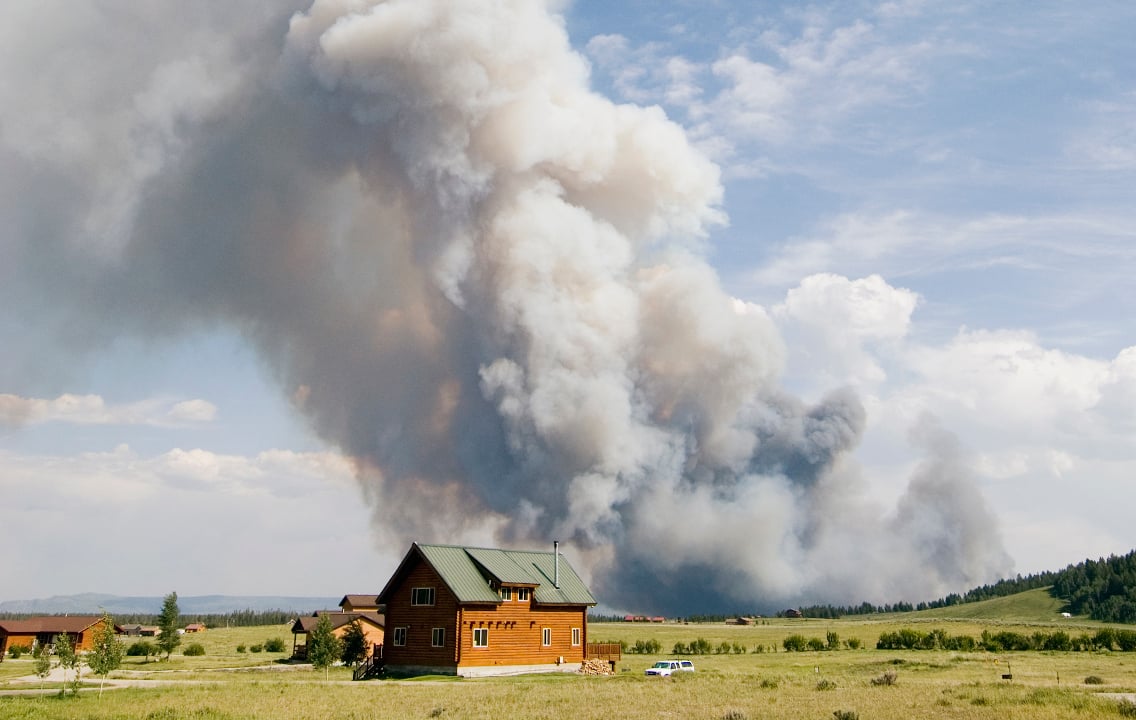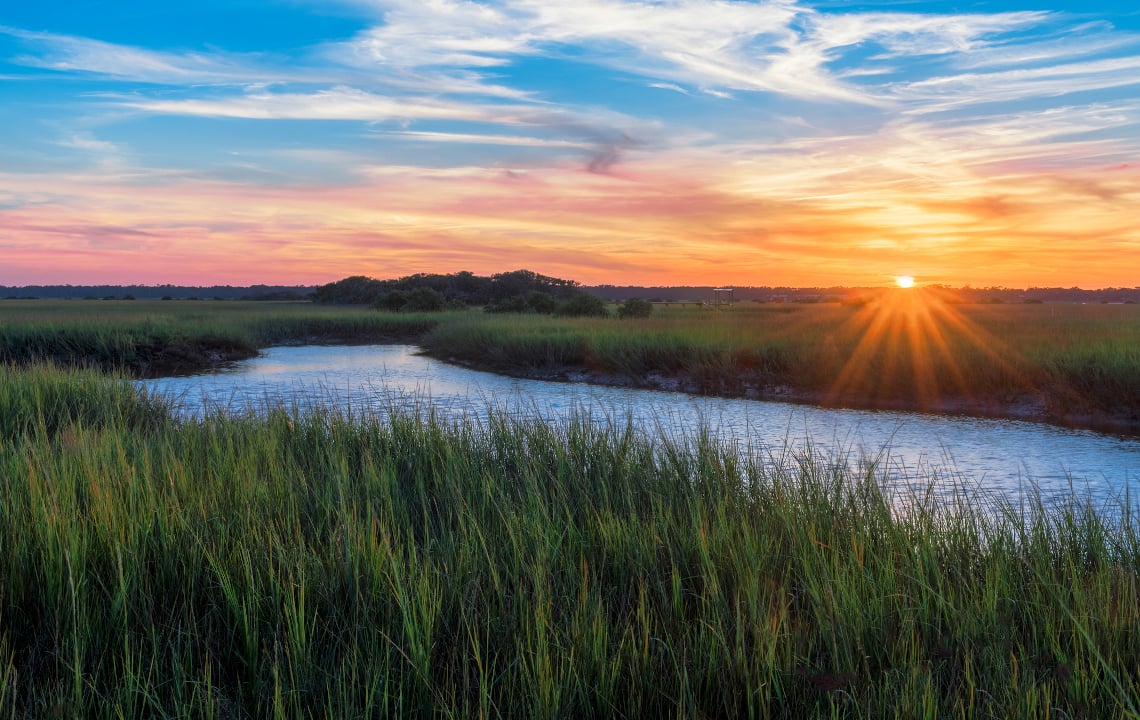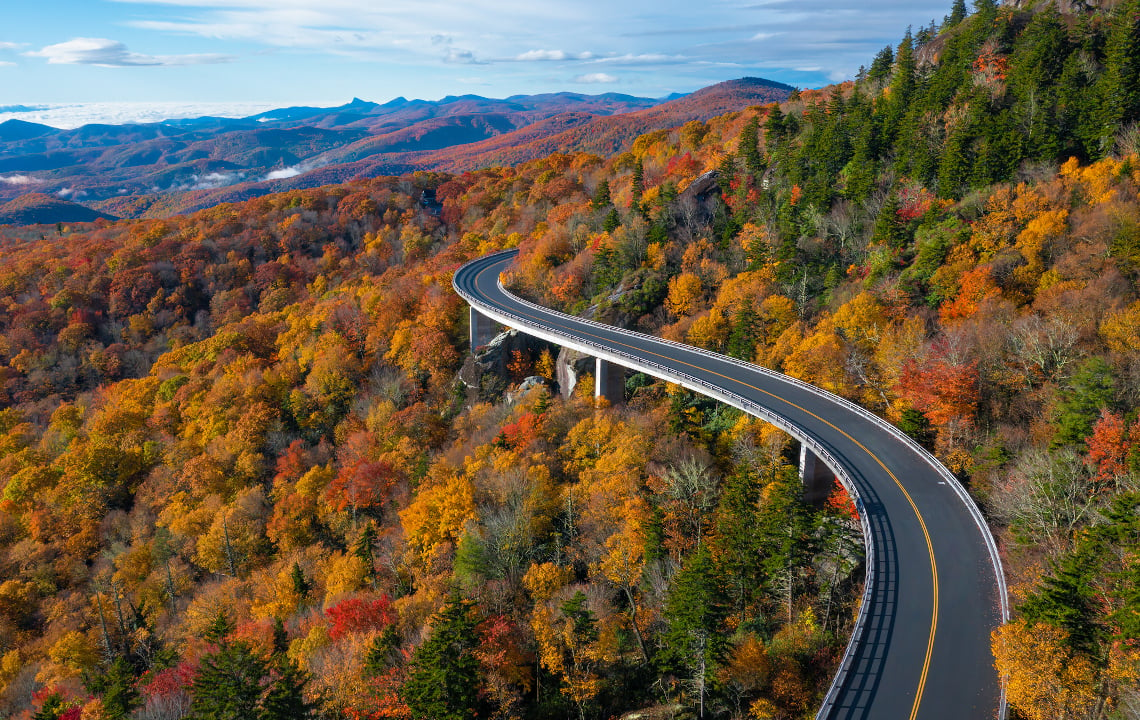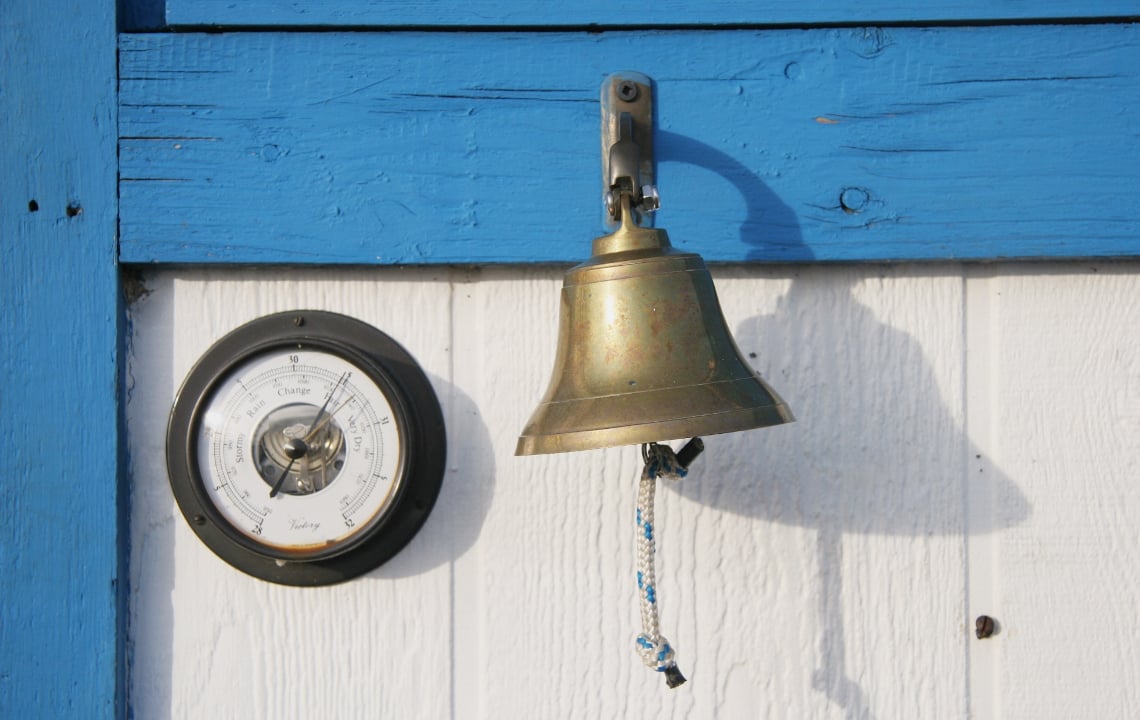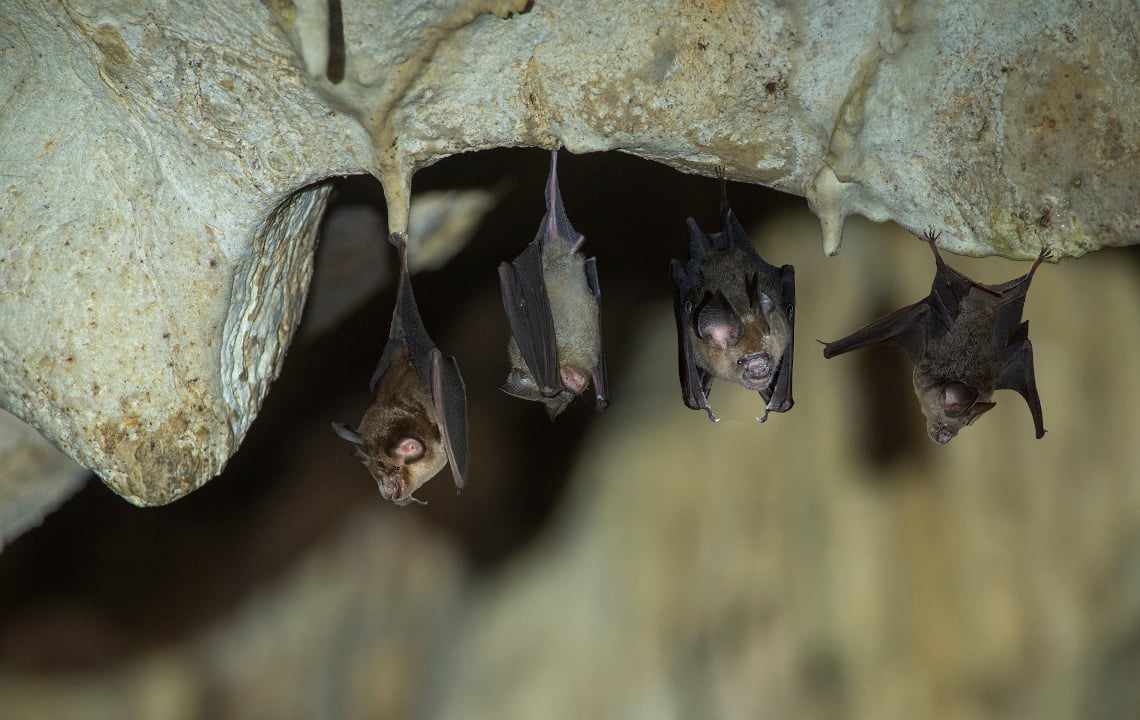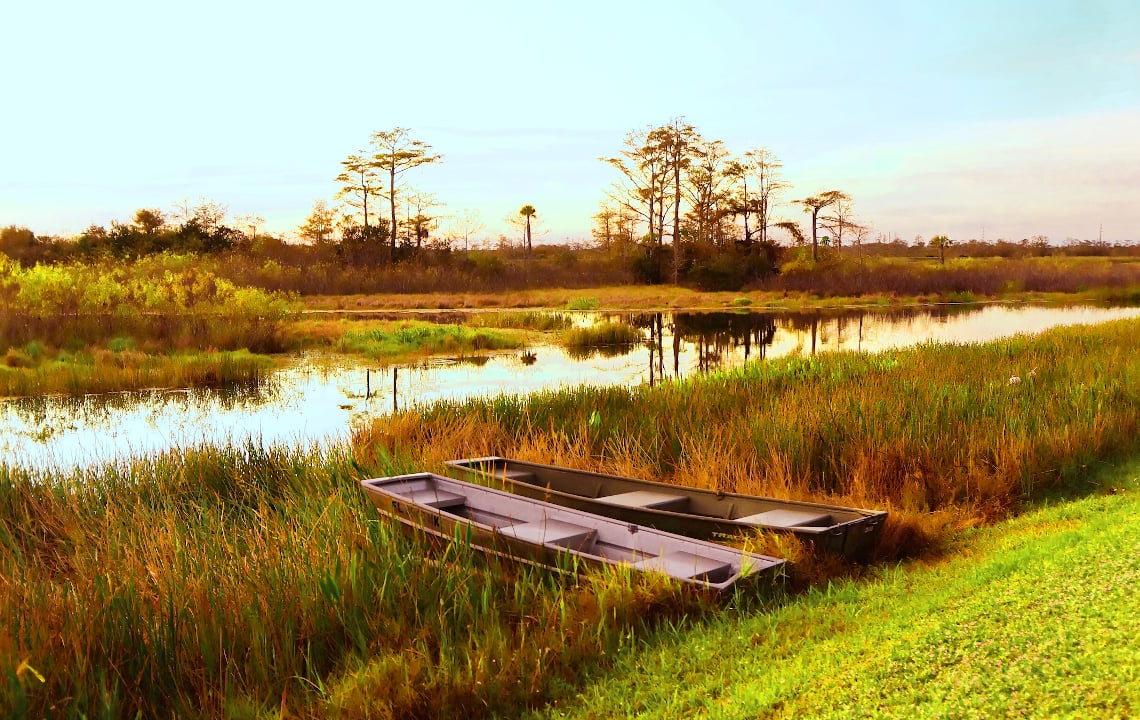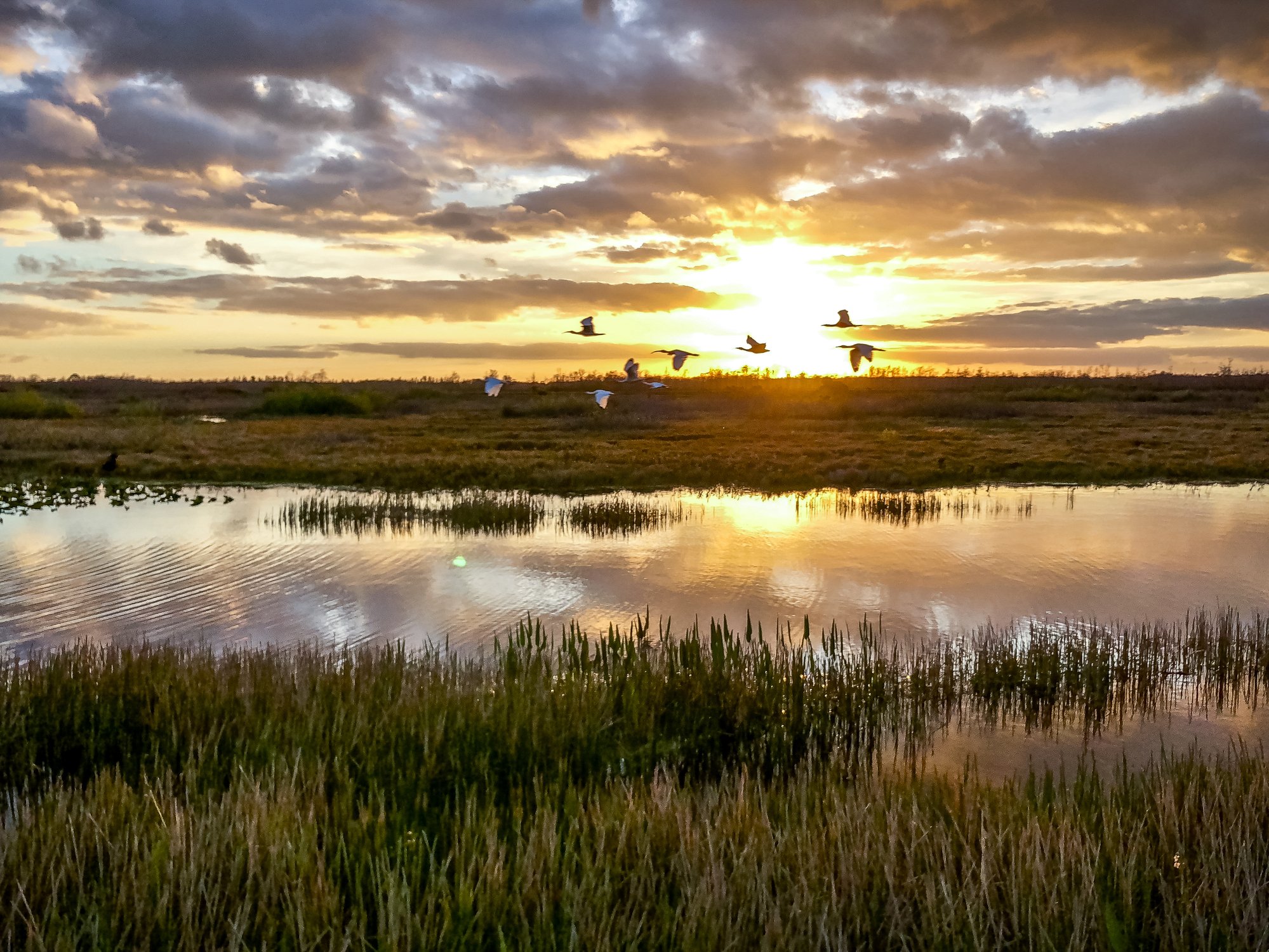Do you dream of building green…until the reality of a designer green-home price tag sets in?
It’s no joke.
Building an average-sized eco-friendly home can cost a small fortune, and many homeowners think green homes are far too expensive to even consider.
But guess what? That’s a myth.
A green home doesn’t have to cost thousands of dollars more than a traditional home. All it takes is good planning, a cooperative builder and a little design know-how under your belt.
In today’s post we talk to 50+ year green home design veteran, consultant, broker, environmental enthusiast, author and philanthropist Marius “MJ” Smook about his top 16 insanely practical tips on building green on a budget.
Tip #1: Consider your home’s orientation in relation to the sun
“In hot and humid places (like the Southeast) the first thing to consider is the orientation of the house. Most ranch houses are rectangular in shape, and you don’t want the long side of the rectangle to be facing east or west, they should face north or south so you don’t get the heavy sun pouring into the main areas of the house,” says MJ.
Tip #2: Place your living areas on the north and south sides of the house
By positioning your living areas on the north and south side of your home you avoid the heat and blinding light from the sun.
MJ suggests placing non-living areas, such as a garage, utility room, laundry room, storage room or bathroom, on the east and west sides of your home, and planting trees on those ends so you always have shade.
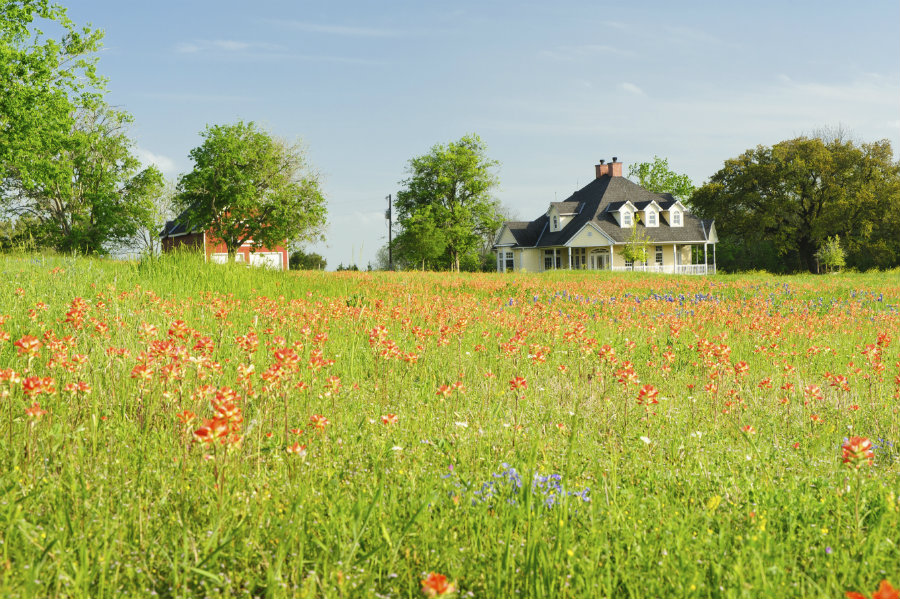
Tip #3: Locate your east and west rooms based on daily use
Depending on the size and design of your home, it may not be possible to locate all your most-used rooms on the north and south ends of the house.
“Locate your rooms used mostly in the afternoons on the east side and the ones you use most in the mornings on the west side,” MJ recommends.
This helps you take advantage of the sun’s position and can help cut your heating, cooling and lighting costs.
Tip #4: Install an HVAC Zoning System and save a bundle on heating and cooling
These practical and affordable units let you program your thermostat to heat and cool ONLY the areas you are using.
MJ explains: “If you have a couple rooms in your home you don’t use regularly it doesn’t make any sense to air condition the whole house all day long. These units cost a little more money up front, but you save big in the relatively short-term.”
Brilliant. Simple. Affordable.
Tip #5: Manage cross-ventilation and use your attic fan
“I live in Tampa, Florida, where it’s very hot, but I only run the AC four to five months a year because I manage the cross-ventilation very well in my home,” MJ says.
“You do this by keeping your windows open on both ends of the house and by using a whole house fan.”
The whole house fan is located in the attic of most homes, and will pull fresh air from open windows while drawing the hot air up and out of your house very efficiently—especially during the fall, winter and spring.
“This way you can run the AC in the middle of the day for a couple hours, and use cross-ventilation throughout the night. It’s a thousand times healthier for you because of the fresh air and you’ll sleep much better.”
Tip #6: Design your home with energy-efficient windows that allow light to come in from the north
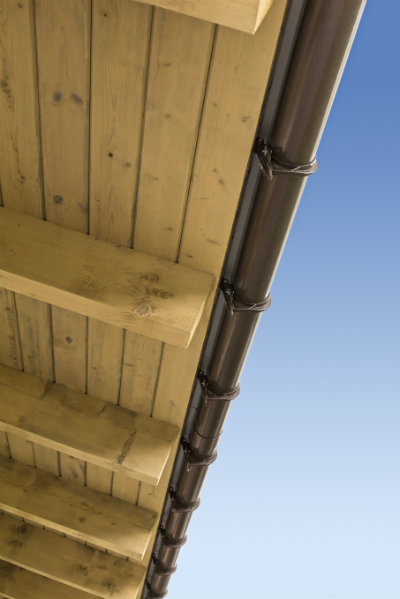 “If you have decent sized windows positioned correctly, you can light up the whole house in the daytime using just natural light and zero electricity.”
“If you have decent sized windows positioned correctly, you can light up the whole house in the daytime using just natural light and zero electricity.”
MJ recommends Transcend® brand windows
Tip #7: Embrace the overhang
MJ recommends having at least 3 feet of overhang from your roof covering your windows on the south side of your house, here’s why:
“This way you don’t have the sun shining on the windows themselves in the summer (which reduces heat). But in the wintertime the sun sits much lower in the sky and will shine through the windows under the overhang, so you’ll pay less for heating.”
If 3 feet of roof overhang is not an option (like in an existing home or design) you can install awnings or a covered porch and receive the same benefit.
MJ adds that this type of design is nothing new.
“Houses in hot places were always designed this way before air conditioning, we’ve just stopped doing it.”
Tip #8: Invest in the right windows for your home and your budget
It’s a dreaded decision we all face at some point in home ownership.
Do you “bite the bullet” and upgrade to super-pricey, super energy-efficient windows…or put that money into something more fun, like an awesome kitchen?
MJ absolutely recommends installing double- or triple-pane windows if you can afford it. It’s an investment that will truly save you big bucks in the long run.
However, he explains there is a budget-friendlier option.
“If you can’t afford the double or triple-pane windows, then at least use windows with a solar-reflective film which reflects heat from the outside during the summer, then reflects heat from the inside during the winter.
“These are like the windshield in your car. That’s a cheap way of doing it until you can upgrade, they’re about $1 a square foot. The overhang on your roof will go a long way too.”
How do you get these? Just ask your builder or purchase them at your local hardware store.
Tip #9: Insulate, insulate, insulate and use this type of insulation:
When building a green home, proper insulation in your floors, attic and walls is key. MJ recommends the following “R-numbers” for each:
“Insulation is rated with an ‘R-number’ for efficiency. R20 in your floors, R30 in your attic and R20 or R30 in your walls is fabulous.”
Though there are dozens of ways to insulate a house, from traditional pink insulation to denim and even hay bales, MJ regards spray foam insulation as the gold standard.
For homes being built in hurricane-prone areas he recommends this:
“There is a type of foam insulation called ‘closed-cell’ as opposed to ‘open-cell,’ and it has an adhesive quality to it. It binds all the foam together with the structure of the house and creates a tortoise-shell-effect. “
As a result, if there’s a hurricane it would have to be powerful enough to blow away a whole house instead of just the roof.
“And that’s the worst problem with hurricanes, is they blow the roof off a house, all the water comes in and the house is destroyed.”
MJ adds that you also want to choose doors with a high “R” value to prevent air and energy from seeping out.
Tip #10: Take advantage of your ceiling fans in the summer AND the winter
In the winter ceiling fans can be run clockwise to draw heat up the walls and help warm your rooms using less energy.
In the summer they should run counter-clockwise to help circulate cool air.
MJ adds, “There are ceiling fans now that cost only $5-$10 per year to run and use very little energy.”
Tip #11: Paint your house light colors on the outside
Though it may seem trivial, dark colors absorb heat and will heat up your house, requiring more money spent on cooling in the hotter months.
Tip #12: Forget everything you thought you knew about how an AC unit should be installed
MJ explains why your typical AC system design is so energy inefficient and what to do instead.
“For some reason we design houses with AC systems that sit in the garage or outside and take that hot air, turn it into cool air and put it into a duct system located in the boiling hot attic. So by the time it gets to the far bedroom it’s been heated up again.”
“You want your ducting system to be inside the cooled air of the house. Think of the exposed ducts you see in trendy restaurants, that’s what you want.”
Hate the idea of exposed ducts running through your dream home? MJ has a solution for that.
“If you don’t like that, you can have a false ceiling a little below it to hide the ducts. You can still have the high ceilings you want, you just have to design for it and it will reduce your electric bill enormously.”
Tip #13: Install a hybrid heat pump hot water heater
Though a solar-powered hot water heater is the green gold-standard, they will cost you about $7000 each.
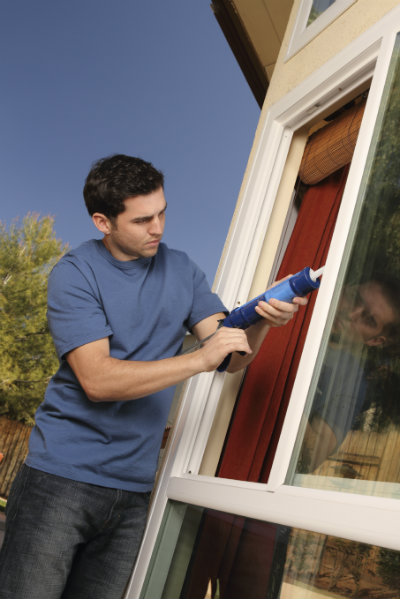 MJ suggests a more cost-effective system: a hybrid heat pump hot water heater.
MJ suggests a more cost-effective system: a hybrid heat pump hot water heater.
“This thing works by taking the heat out of the air in your home or garage, putting it in the hot water tank and turning it into hot water. If managed well, it can take care of about 70 percent of your hot water needs for an average couple and it has a backup function that makes hot water the regular way the rest of the time.”
These ingenius contraptions will run you between $1000-$2000 plus installation.
Tip #14: Seal up the holes in the exterior
MJ regards this step as one of the most important to the success of your green, energy-efficient home.
“You need to have somebody come to your home to do what’s called air sealing. They’ll use special equipment to seek out any space air could escape like a vent, window, or where a pipe or electric wire has been installed, and they’ll seal it up so no air (or energy) gets in or out.”
Tip #15: Install a variable speed pool pump and save over 90 percent in energy costs
MJ stresses the most energy-inefficient and costly part of having a pool is running a traditional pump.
“Traditional pool pumps filter a lot of water very quickly and therefore use a lot of energy…and make a lot of noise. A variable speed pool pump filters the water slowly, so it does a much better job of filtering, it’s much quieter and uses far less energy.
“So when you use one of these you go from spending at least $75 a month on your pool’s electricity down to just $5 a month.”
MJ recommends the variable speed pool pumps by Pentair.
Tip #16: Install a small, cheap solar energy system and you’ve got a ZERO energy home
Cheap solar? Is there such a thing?
MJ explains that if you follow his tips above, then YES you can use solar-on-the-cheap and pay ZERO in energy costs.
“Everything we’ve talked about today has to do with reducing the cost of electricity in the house. Add to this that you use LED light bulbs, energy star appliances and you’ve made the house energy efficient.
“Now what happens is your electricity use becomes so low that you can take a small, cheap solar panel system, put it on the roof and that will cancel out the remaining electricity you’re using. So that’s how you design a zero energy house.
“During the day you’re making energy with your solar panels and selling it back to the electric company because you’re not home. Then at night you buy it back from them because you have no sun. But you buy less than what you sell them so you have zero energy costs.”
As it turns out, building green is more about intelligent, common-sense and practical home design than about spending a fortune on trendy “green” gadgets.
By implementing MJ’s simple tips, you can have a beautiful, eco-friendly, zero-energy home for little more than the cost of a traditionally-built home. Plus, you’ll enjoy a lifetime of savings on your energy bill, less maintenance and the satisfaction of knowing your green home is helping preserve the planet.
To learn more about MJ Smook, his green building, consulting, and design services, and for more tips on green homes visit: www.floridagreenhomebrokers.com and www.floridagreenhomeconsultant.com. For more info and comparisons on the green products listed in this article, visit: www.livinggreenreviews.com.
And to learn more about MJ’s non-profit that helps wounded veterans and low-income homeowners eliminate their electric bills and reduce climate change, visit: www.switchitgreenswtichitforward.com.
If you’re looking for land to build your dream home on, Raydient Places + Properties features acreage for sale throughout the South in Florida, Georgia and Texas. Take a look at the current inventory at RaydientPlaces.com.


